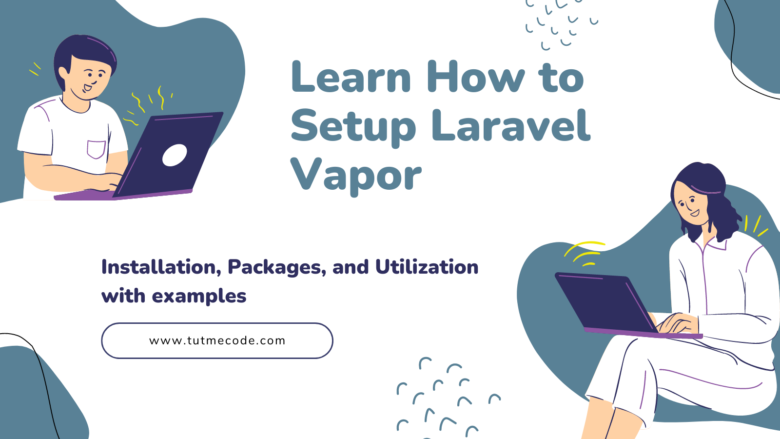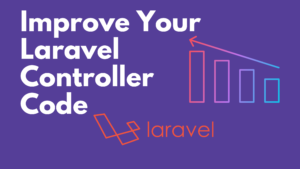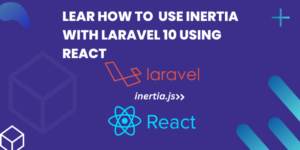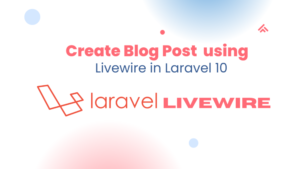Laravel Vapor is an exceptional serverless deployment platform designed specifically for Laravel applications. It leverages the power of AWS Lambda and other cloud infrastructure services to enable effortless scaling, robust performance, and reduced infrastructure management overhead. In this blog post, we will explore Laravel Vapor, covering its installation process, essential packages, and practical use cases, all supported with relevant code examples.
Installation
Before diving into Laravel Vapor, ensure you have the latest version of Laravel installed on your system. Vapor requires Laravel 7 or higher. Here’s a step-by-step guide to get you started.
Step 1- Install Laravel
To begin, open your terminal and run the following command
composer global require laravel/installer
Step 2- Create a new Laravel project
Using the Laravel installer, create a new project by executing the command below
laravel new my-project
Step 3- Install Laravel Vapor
Navigate into your project directory and install Laravel Vapor
cd my-project composer require laravel/vapor-core --dev
Step 4- Publish Vapor configuration files
Publish the Vapor configuration files and provide the necessary AWS credentials
php artisan vendor:publish --tag=vapor-config
Packages:
Laravel Vapor is designed to work seamlessly with various Laravel packages. Let’s explore a few essential packages that can enhance your Vapor experience:
- Laravel Vapor UI (Optional)
This package provides a beautiful user interface to manage and deploy your Laravel Vapor applications. Install it via Composer.
composer require laravel/vapor-ui
- Laravel Horizon (Optional)
Laravel Vapor offers built-in support for Laravel Horizon, a powerful queue management tool. To enable Horizon on Vapor, add the following package.
composer require laravel/horizon
- Laravel Telescope (Optional)
If you prefer using Laravel Telescope for debugging and monitoring your applications, Vapor also supports this package.
composer require laravel/telescope
Utilization with Examples
Now that we have Laravel Vapor installed and equipped with additional packages, let’s dive into its practical usage through some examples:
- Deploying an Application
To deploy your Laravel application using Vapor, you need to build the project’s serverless assets. Run the following command to generate the assets.
php artisan vapor:build
- Deploying Queues with Horizon
If you have Laravel Horizon installed, you can deploy your queue workers to Vapor using the following command
php artisan vapor:worker
- Deploying with Database Migrations
When deploying to Vapor, you may need to run database migrations. Execute the following command to run migrations during deployment
php artisan vapor:deploy --migrate
- Environment Variable Configuration
Vapor allows you to manage environment variables efficiently. Instead of using .env files, you can configure environment variables directly in the Vapor console or by using the vapor.yml file. For example
variables:
- key: APP_ENV
value: production
Conclusion
Laravel Vapor is a game-changer for deploying Laravel applications in a serverless environment. By following the installation steps, exploring relevant packages, and understanding practical use cases, you are now equipped to take full advantage of Vapor’s scalability and efficiency. Whether you’re deploying a simple application or a complex enterprise-level project, Laravel Vapor offers an elegant solution for serverless Laravel hosting.
Remember to regularly consult the Official Laravel Vapor documentation and resources to stay up to date with the latest features and best practices. Now, it’s time to leverage the power of Laravel Vapor and take your applications to new heights of performance and scalability!




